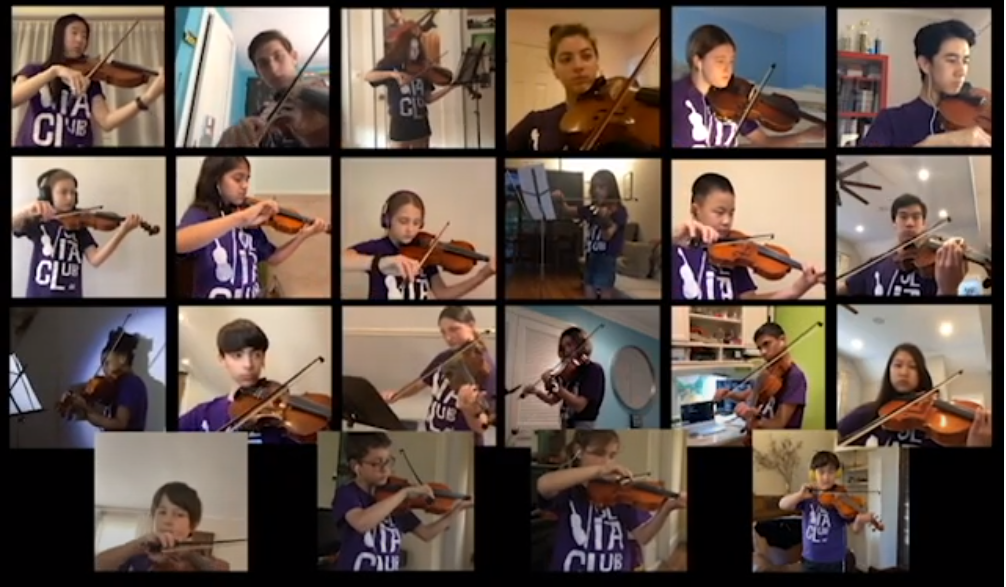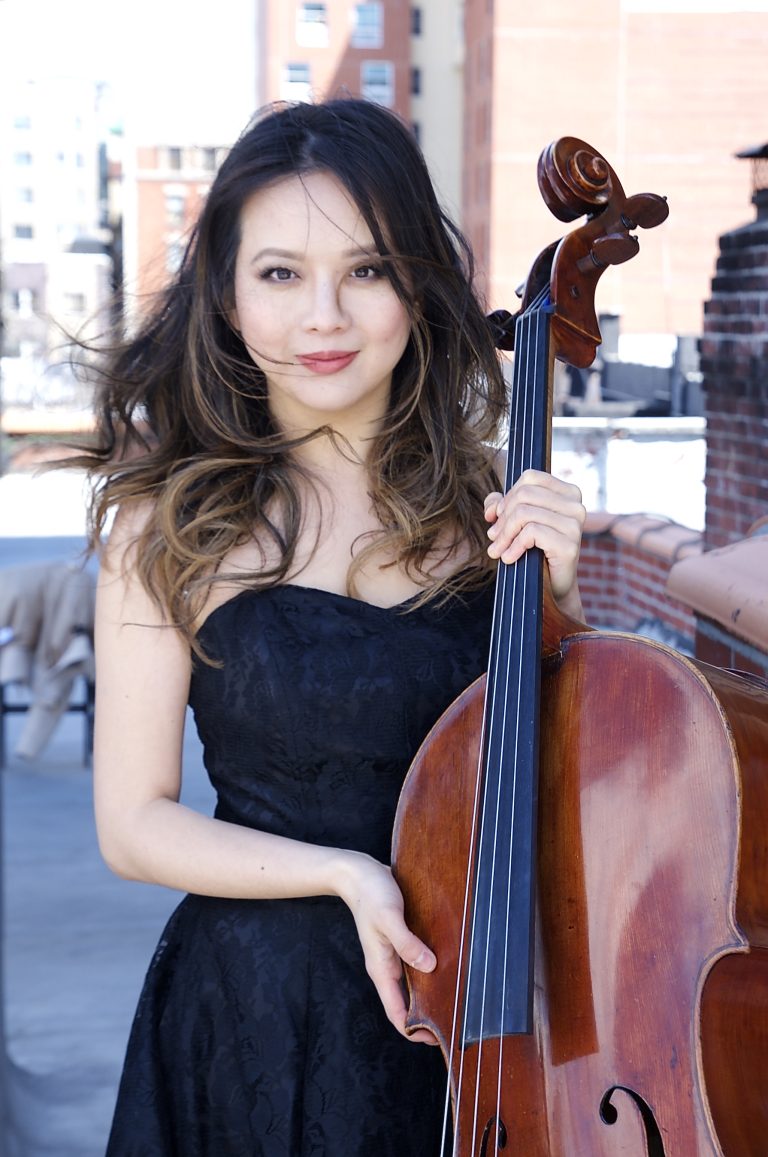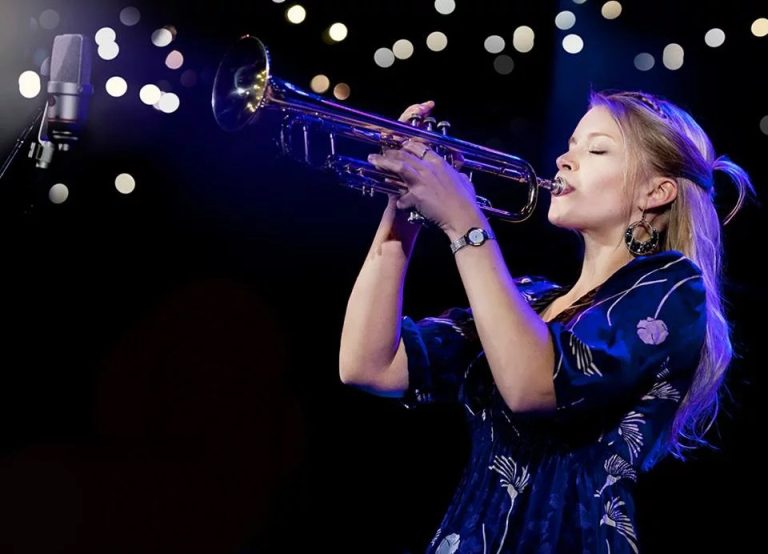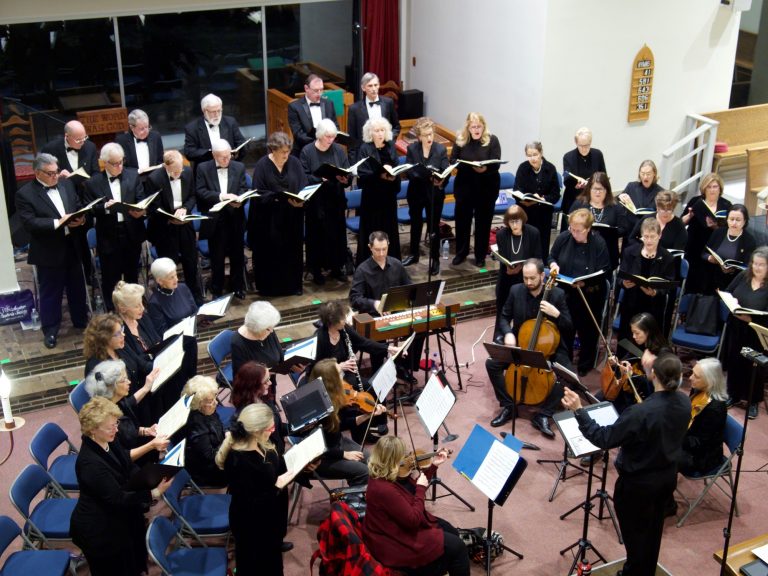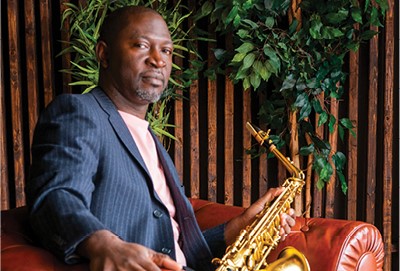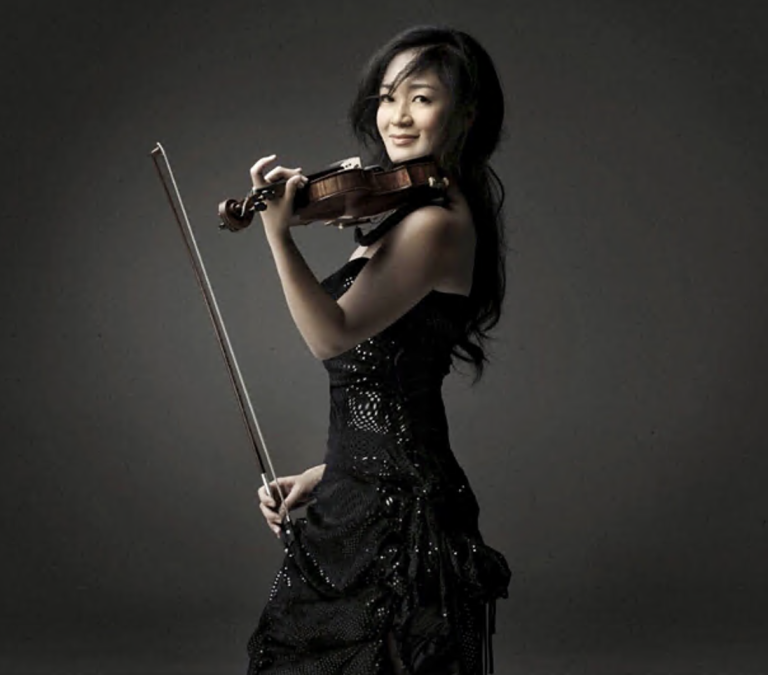The Nuts and Bolts of Virtual Performances
Music classes and performances may look different this fall, but when Hoff-Barthelson Music School (HBMS) announced its new Virtual Performance Program (VPP) class, it was clear that students of all ages are still eager to learn. The program was developed to teach students in grades 5-12 about the ins and outs of creating a virtual ensemble performance. However, the school swiftly expanded VPP to include an adult class after a broader range of students showed interest.
According to Christopher Kenniff, Dean of Programs at HBMS, the school’s adult students are eager to learn and engage with digital tools, even if they may find technology challenging. He believes the reason is that adult musicians are seeking to adapt to “a digital world that’s changing so fast.” The program will allow students to gain the vital skills that musicians need in order to work in virtual environments and during this time of COVID-19. According to Kenniff, this type of program is “relevant to where we are now in terms of education and what kids and adults want to learn.”
The Virtual Performance Program will be comprised of two separate weekly Zoom classes: the Virtual Performance Technology Class and the Lab Ensemble. During the 15-week Technology Class, students will work with HBMS instructor and composer Derek Cooper to learn the entire process of engineering a virtual performance using professional digital programs. This includes topics such as recording, compiling and editing music tracks, as well as video syncing, publishing recordings on diverse platforms, and more.
During the 12-week Lab Ensemble coaching sessions, groups of four to six students will learn how to play a piece of classical or jazz music that has been selected for their age and skill level. Each student will then produce their own virtual performance of the same ensemble piece. By all using the same source materials but yielding different results, they will encounter the impact of creative decisions that are made by professional audio and video engineers. The final recordings will be premiered on the HBMS’s social media platforms.
Kenniff says that HBMS hopes that the VPP will enable both adults and children to create and share online performances, and continue to perform and interact with their fellow learners safely from their homes.
A version of this article first appeared in the September issue of ArtsNews, ArtsWestchester’s monthly publication. ArtsNewsis distributed throughout Westchester County. A digital copy is also available at artsw.org/artsnews.

